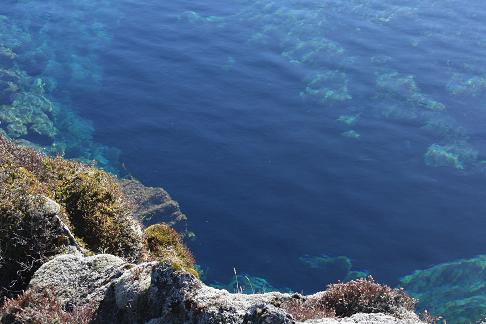Ph.D. Scholarship: Population genomics of brown trout in Iceland, – genetic foot-prints of colonization and ecological diversification in novel habitats

- How flexible are the ecologically important traits of colonizing species?
- What is the role of isolation, adaptation and gene flow for diversification in novel habitats?
The Ph.D. project utilizes the fact that in Iceland brown trout (Salmo trutta) is found in widely varying habitats and situations; lakes v. streams; cold springs v. geothermally affected streams; with and without presence of other salmonids; small v. large populations. The project is designed to survey the phenotypic variation emerging from this recent and rapid diversification and to investigate the genetic foot-prints of these processes.
During the last ice age Iceland was covered with a thick ice cap that extended far out from the present shore line. As the ice retreated some 13 – 11.000 years ago physical conditions for the colonization of terrestrial and freshwater habitats were created. Three salmonids, Arctic charr (Salvelinus alpinus), brown trout and Atlantic salmon (Salmo salar), are all believed to have colonized Icelandic freshwaters as the ice retreated. The charr is the most diverse of these and is found in variable limnetic and benthic forms that in some cases coexist in sympatry. Although the brown trout is also known from a variety of habitats less is known of it’s phenotypic variation.
The principal objective of the research program that this Ph.d. takes part in, is to survey the phenotypic variation in Icelandic brown trout with respect to key ecological correlates and to employ population genomics to cast light on the processes of diversification.
The Ph.D. project will focus on brown trout populations in one of the main watersheds in southern Iceland, including the River Sog and Lake Thingvallavatn, and streams in the mountainous Hengill geo-thermal area.
The specific aims are to:
- To survey phenotypic variation (e.g. in morphology, life history characteristics) in populations from a wide variety habitats and communities
- To employ next generation sequencing techniques (RAD-seq) to survey genetic variation within and among populations which will enable the student to
– assess the genetic connectedness among populations and probe the history of colonization
– implicate loci that associate with morphological and ecological characteristics and assess if and how variation at these loci correlates with ecological specializations across multiple populations.
We are seeking a student with dedication, drive and good theoretical background in population genetics and evolutionary biology and an interest in the ecology and genetics of divergence. Good laboratory skills and knowledge of computer programming, data analysis and statistics is preferred. The work involves planning and executing sampling in the field, acquisition and analysis of high-throughput sequencing data and numerical analyses.
The position will be at the University of Iceland, within the Arctic charr and salmonid group. The student would be a part of this group and receive theoretical and technical support from its specialists and students that are conducting comparable work on the Arctic charr in Iceland. The project involves collaboration with experts at the Icelandic freshwater institute, with input from collaborators at the University of Guelph, Canada, the University of Aarhus, Denmark, and the Hólar University College, Iceland.
The applicant must have completed a M.Sc. degree in Biology or related fields from a University approved by the University of Iceland’s Graduate School. Those with an advanced degree including at least a 60 ECTS credits thesis project will be given precedence.
Applications should be sent before the 11th of April 2016, to sigsnor@hi.is, with scanned documentation of University degrees, names of two references and a CV.
Further information on the Arctic charr and salmonid group at the University of Iceland:
http://luvs.hi.is/arctic_charr_development_evolution_and_genetics